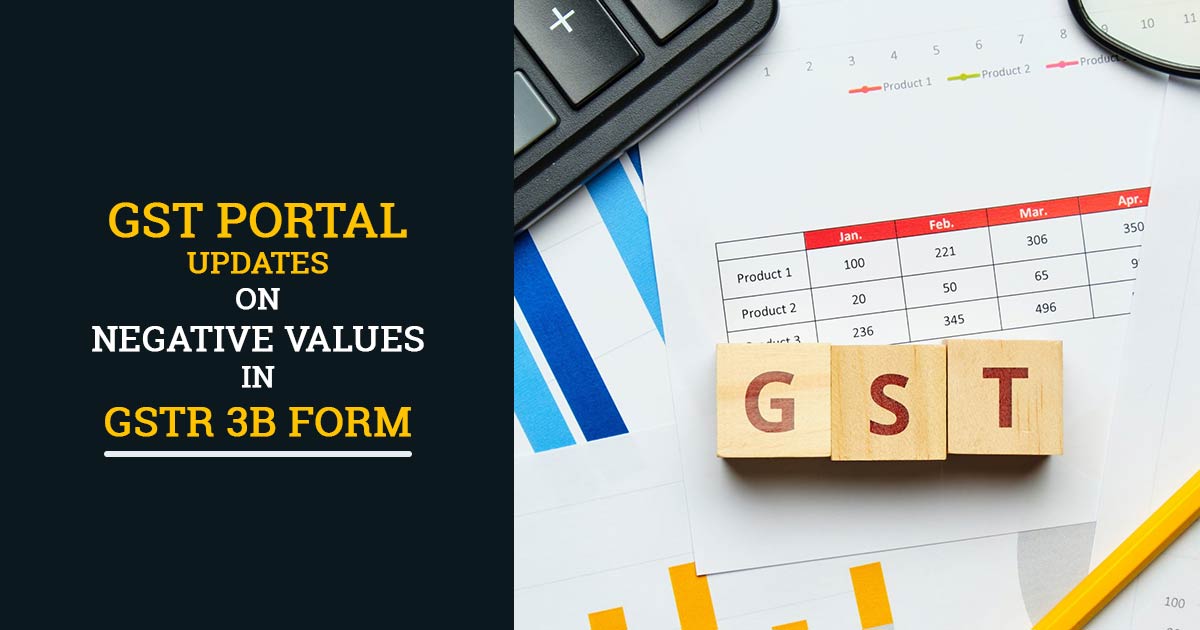
In table 4 of GSTR-3B, the Goods and service tax network (GSTN) initiated the negative values.
A few differences in Table 4 of Form GSTR-3B would be notified by the government in order to enable the assessees for reporting the precise data for the claimed ITC, ITC reversals, and ineligible ITC. As per the amendment, the net ITC would need to be reported in Table 4(A), and the ITC reversal, if any, is to be reported in Table 4(B) of GSTR-3B.
In GSTR-3B, credit notes (CN) are auto-populated in Table 4B(2) as ITC reverses. As per the amendments, the credit notes impact should then be accounted for on the net-off grounds merely in table 4(A) of GSTR-3B.
Beginning in January 2023, the modifications were made to the GST Portal, and they will start to take effect with the January 2023 tax period.
The credit notes and their changes’ impact will now be auto-populated in GSTR-3B Table 4(A) instead of Table 4(B).
If the value of credit notes exceeds the number of invoices and debit notes combined, the net ITC turns negative, and taxpayers are permitted to submit negative numbers in Table 4A.
Important: GST Portal Gets New Updation on ITC Auto-populate in GSTR 3B
In Table 4D(2) of GSTR-3B the assessee can now enter negative values.
Regular updates and revisions in the advisory, messages, directions, and support text in form GSTR-2B, excluding any structural revisions in the form GSTR-2B summary or tables would also be executed in the GSTR-2 B.
The Comparative Report’s calculating methodology has now been adjusted in line with this.
Taxpayers should thoroughly study the GSTR-2B instructions and help text as well as the system-generated GSTR-3B pdf before submitting GSTR-3B.




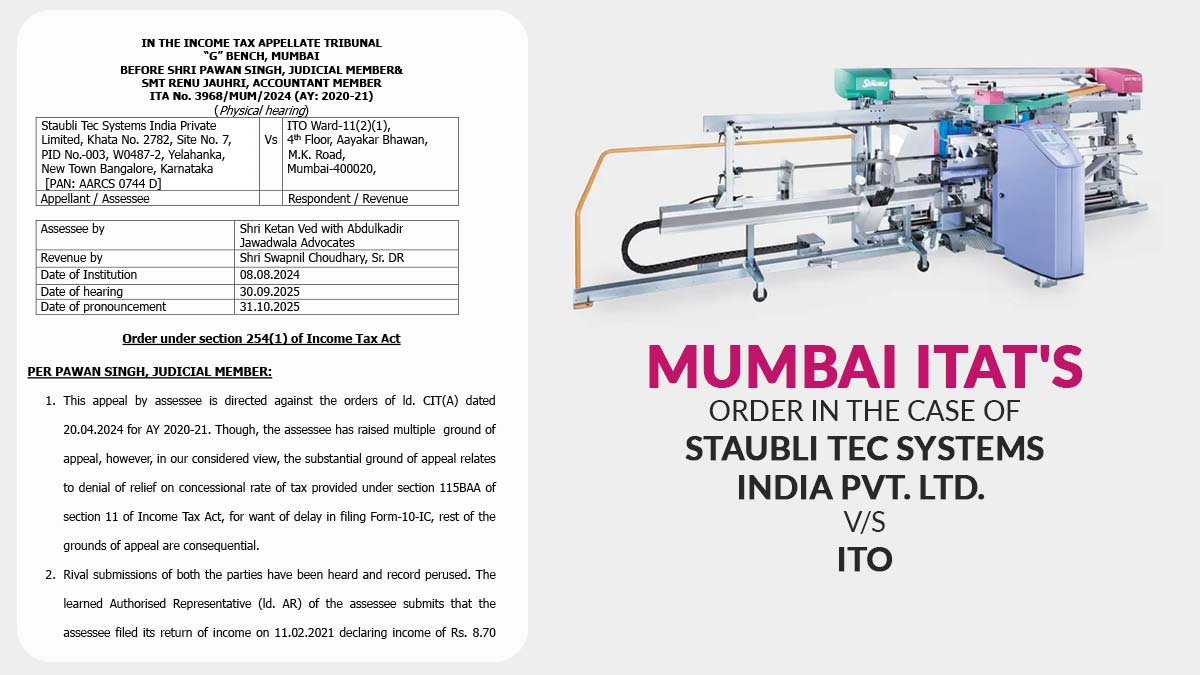
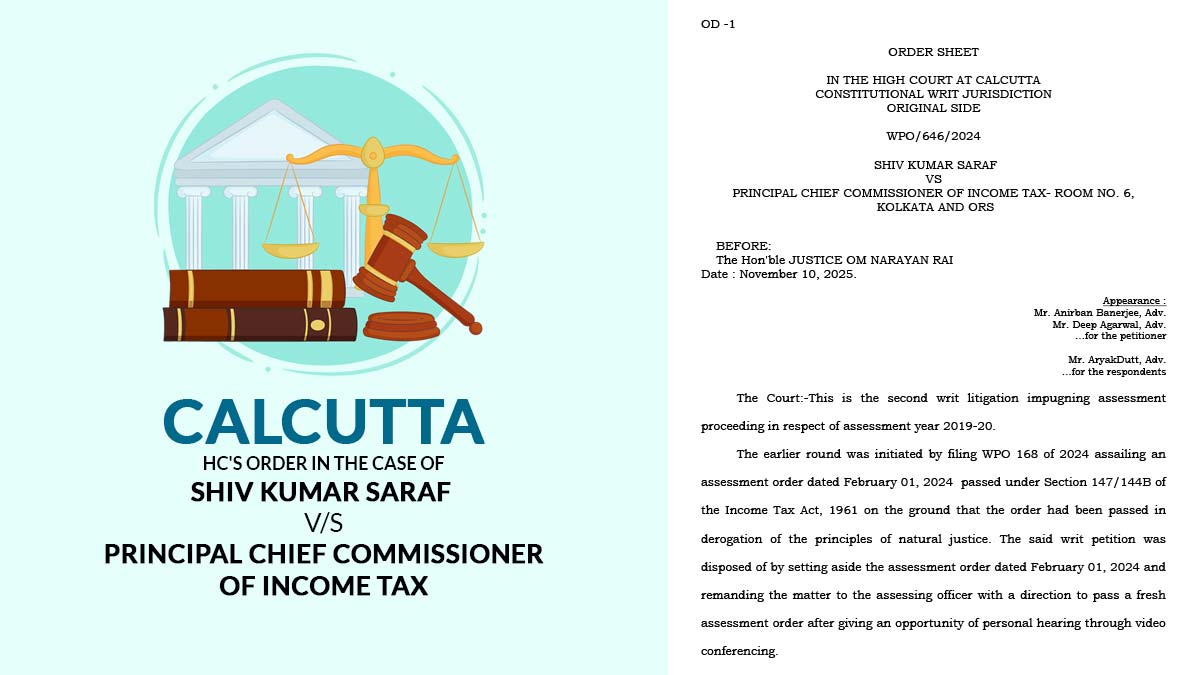
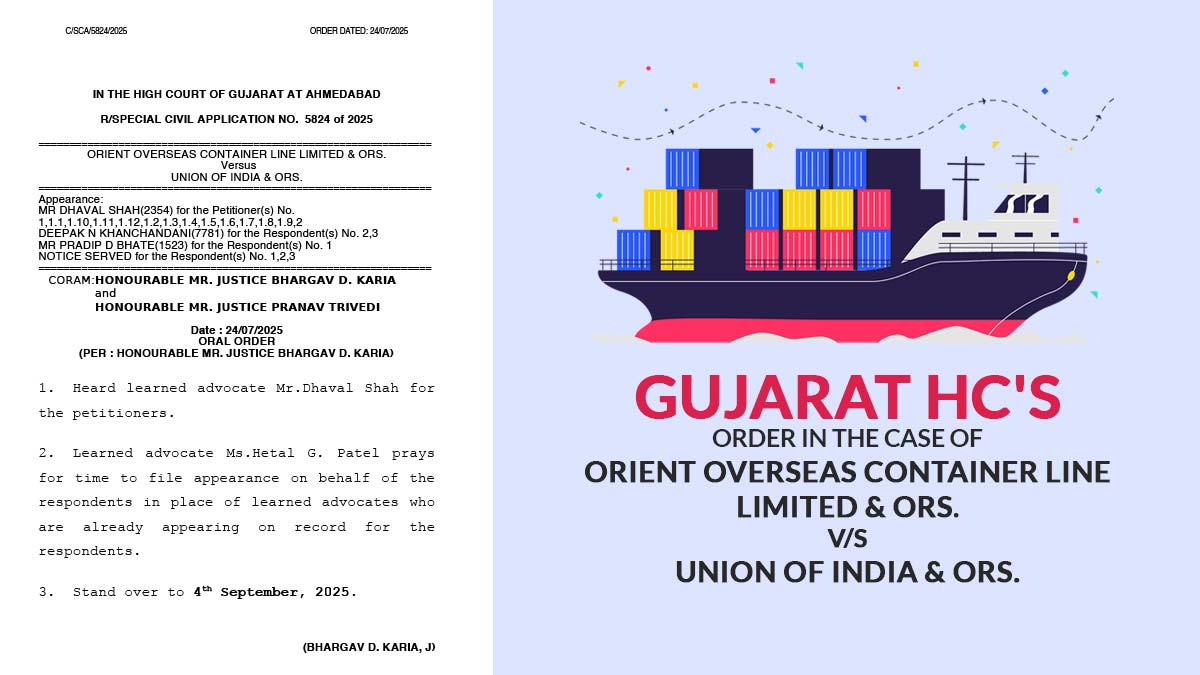
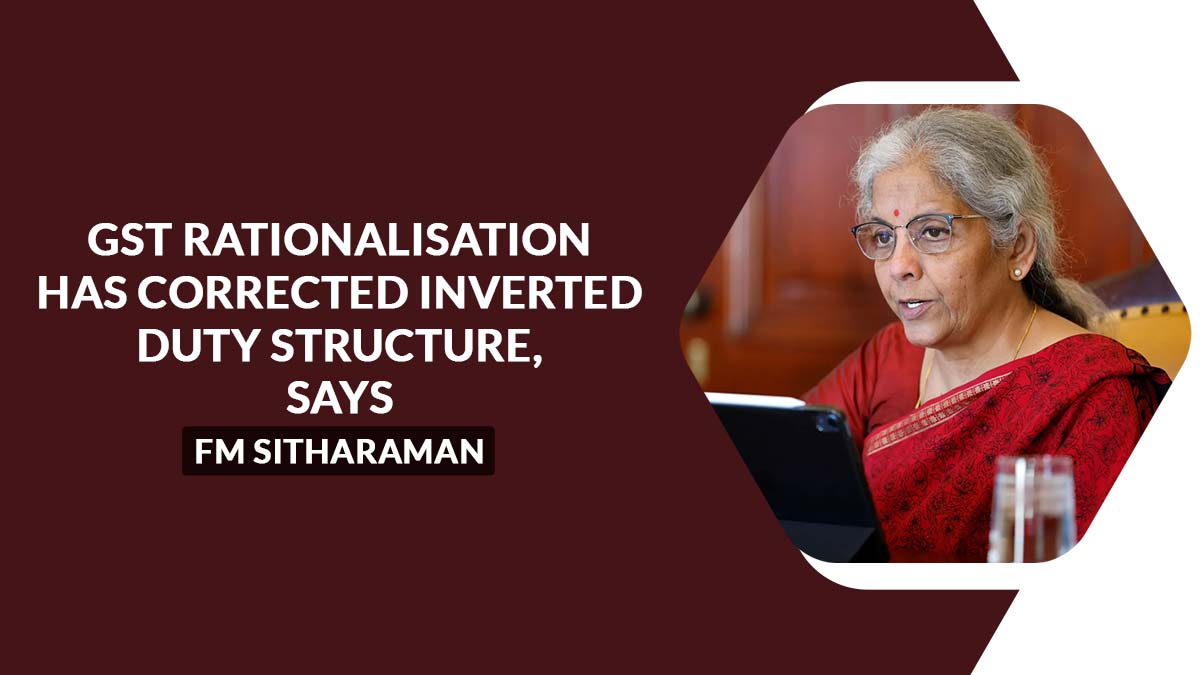


valuable report